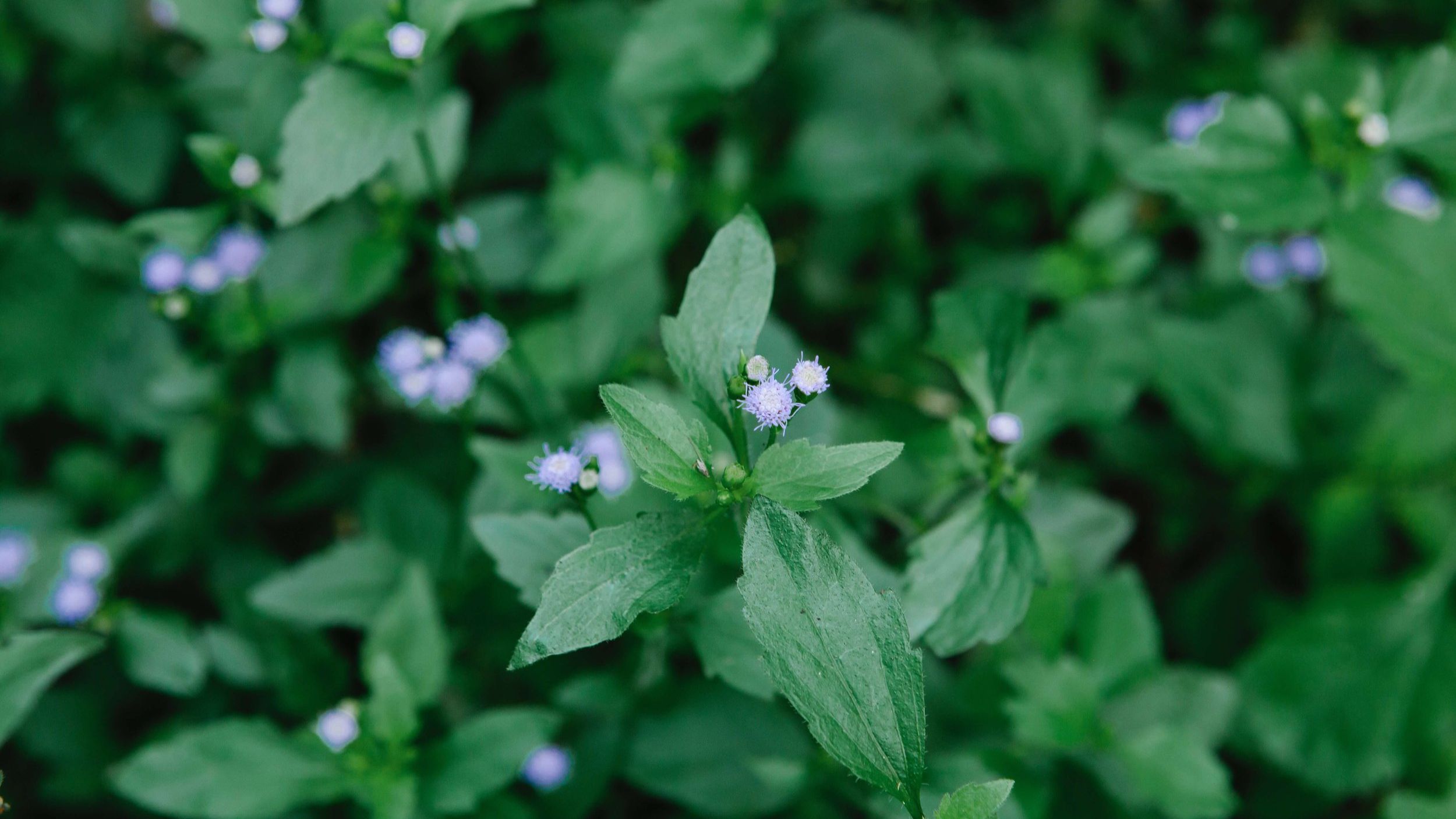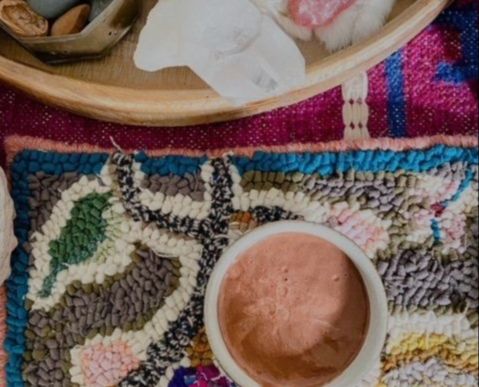Chickweed. A Poultice for Irritated Skin.
Dec 17, 2024
Stellaria media, aka Chickweed or as some would call it, Starwort. It is a wonderfully mineral rich weedy plant, growing everywhere and anywhere. It's common to our land and prefers rich dirt and likes full sun to partial shady areas. Spring is the time to gather this nutritious weed or in the fall when new growth is popping up. Its always best fresh so this Spring get out there and forage your chickweed!
When I say Chickweed is rich in minerals, I mean it's wonderfully nourishing and filled with magnesium, calcium, potassium, and even iron. They have even discovered that it contains Vitamin C! One of the best ways to draw these minerals out is to get them from a Chickweed vinegar. Although today I'd like to focus on Chickweed's greatest use and that is for topical and internal treatment of red, hot, and inflamed skin and mucous membranes.
Herbalists, homesteaders, mamas/papas, and whoever else may love herbs use this weed for soothing an inflamed digestive tract, urinary tract, the vagina, hemorrhoids, boils, dry/itchy skin, mastitis, stings, cuts, and burns. Its even been used as a poultice to reduce testicular swelling after a vasectomy! Chickweed is a mild food herb that can be thrown in a salad yet it acts so powerfully in and on our bodies if it's used correctly. Below I am going to teach you how to make a poultice that you can use topically on burned skin, eczema, psoriasis, stings, and many other topical inflammations (yes, even testicles that have been through a vasectomy procedure).
I hope you enjoy the process of gathering and making medicine with this wonderfully, wild weed! I look forward to hearing your stories in the comment box below!
Chickweed Poultice Recipe
Ingredients
-
2 cups packed of Chickweed
-
Mortar & Pestle
-
1-2 tbsp Aloe Vera Gel (preferably fresh)
Directions
-
Put the Chickweed into the mortar and macerate with the pestle until the Chickweed is soft and a pulp like consistency.
-
Add the Aloe Vera to the pulverized Chickweed and mix well.
-
Apply the mixture to the area needing treatment. Allow it to soak into and penetrate the skin for at least 20 minutes
*You can cover the Poultice up with a gauze or cloth to keep it intact on the desired area.


